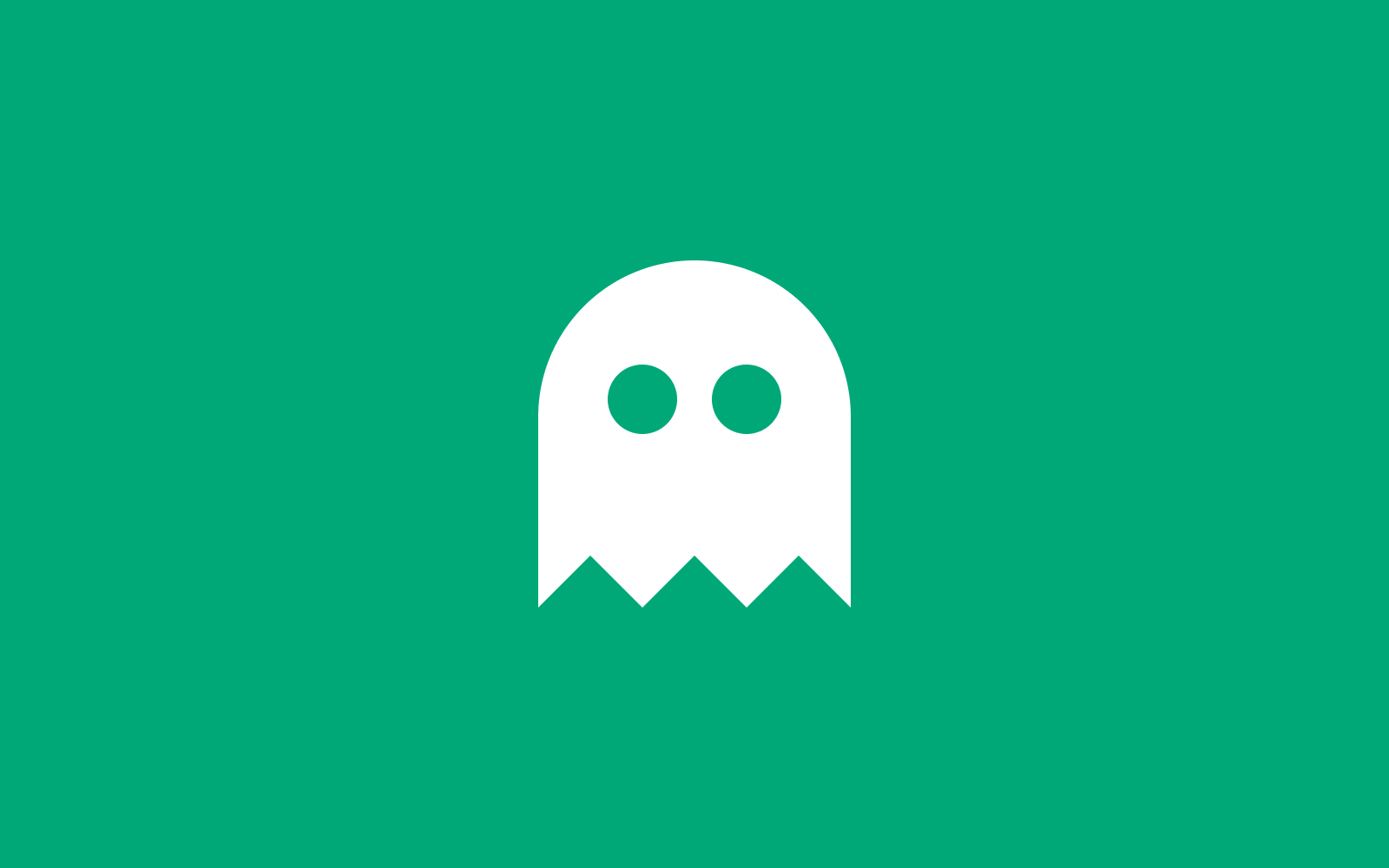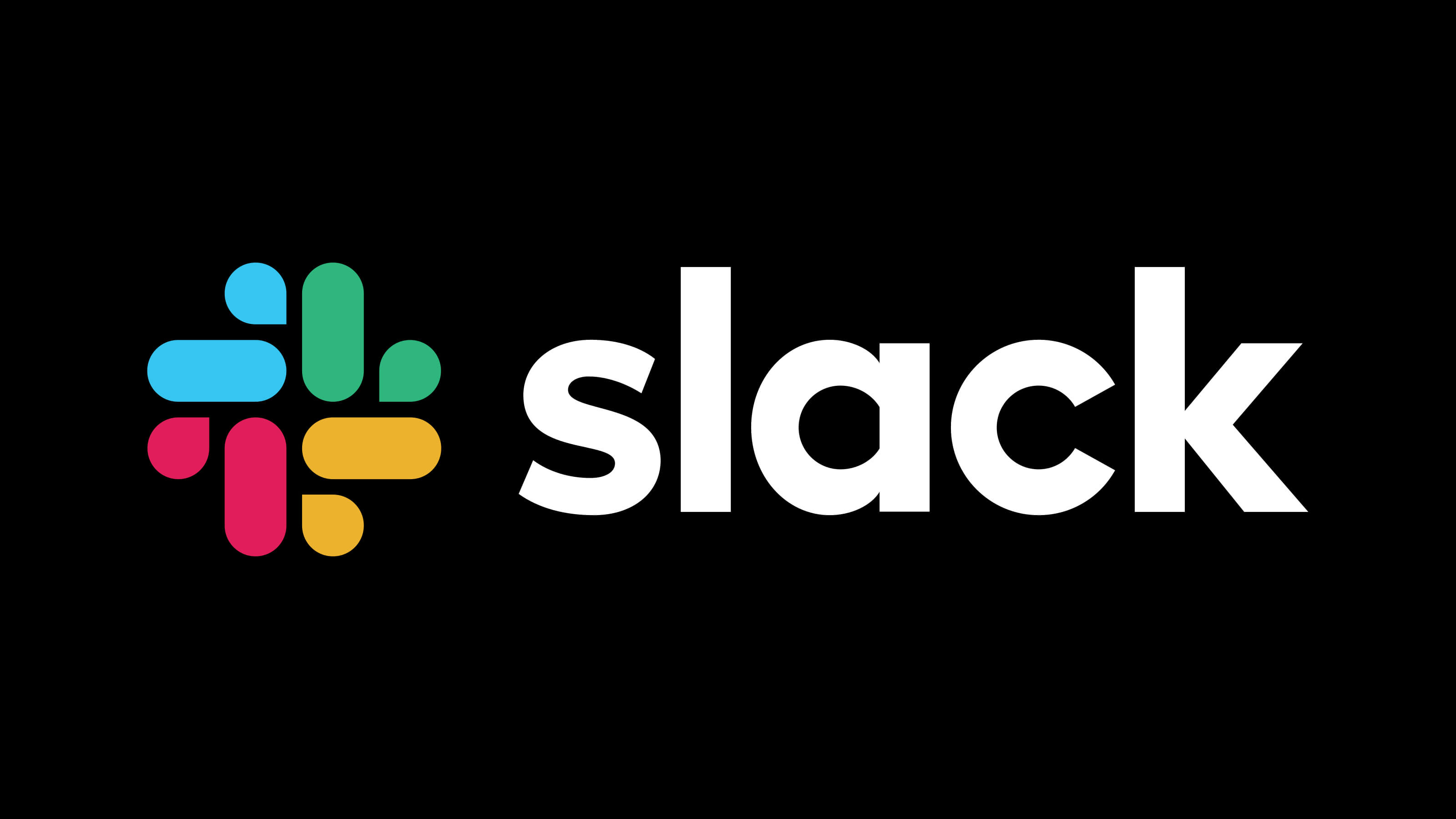How to Write an Internship Cover Letter That Lands Jobs

Securing an internship is a crucial step in launching your career, and a well-crafted cover letter can make all the difference. While your resume outlines your skills and experiences, your cover letter gives you the chance to showcase your personality and explain why you're the perfect fit for the role. In this guide, we will walk you through the essential steps to writing an internship cover letter that lands jobs.
Understanding the Purpose of a Cover Letter
A cover letter serves as your personal introduction to a potential employer. It's an opportunity to highlight your most relevant experiences and explain how they make you the ideal candidate for the internship. Unlike a resume, which lists your qualifications in a structured format, a cover letter allows you to tell a story about your career journey and aspirations. This narrative can be particularly compelling to hiring managers who are looking for candidates that fit well with their company's culture and values.
Research the Company and Role
Before you start writing, it's crucial to gather information about the company and the specific role you're applying for. This research will help you tailor your cover letter to show that you are genuinely interested and that you understand the company's mission and the job's requirements.
- Company Website: Start by exploring the company's website. Look at their mission statement, values, recent news, and blog posts. This will give you a sense of the company culture and current initiatives.
- Job Description: Carefully read the job description to identify the key skills and experiences the employer is looking for. Make a list of these requirements to reference as you write your cover letter.
- LinkedIn: Check out the company's LinkedIn page and the profiles of current employees. This can provide insights into the company's work environment and the backgrounds of people in similar roles.
Cover Letter Structure
A well-structured cover letter makes it easy for the hiring manager to quickly understand your qualifications. Here's a standard format to follow:
- Header: Include your contact information, the date, and the employer's contact information.
- Greeting: Address the cover letter to a specific person, if possible. Use a formal greeting such as "Dear [Hiring Manager's Name]."
- Introduction: Start with a strong opening that grabs the reader's attention. Mention the position you're applying for and a brief statement about why you're excited about the role.
- Body: This is the main part of your cover letter where you detail your relevant skills and experiences. Use specific examples to demonstrate how your background makes you a great fit for the job.
- Conclusion: End with a strong closing statement. Reiterate your enthusiasm for the role, express your eagerness to discuss your application further, and thank the reader for their time.
- Signature: Sign off with a formal closing such as "Sincerely," followed by your name.
Writing Tips for an Effective Cover Letter
Writing a compelling cover letter involves more than just following a format. Here are some tips to make your cover letter stand out:
- Customize for Each Application: Avoid using a generic cover letter for all applications. Tailor each cover letter to the specific job and company to show that you have a genuine interest and have done your homework.
- Highlight Relevant Skills and Experiences: Focus on the skills and experiences that are most relevant to the job. Use specific examples to demonstrate how you have successfully applied these skills in the past.
- Use Keywords Effectively: Many companies use applicant tracking systems (ATS) to screen applications. Including keywords from the job description in your cover letter can help ensure that your application gets past the initial screening process.
- Be Concise: Keep your cover letter to one page. Use clear and concise language to convey your message without unnecessary fluff.
- Show Enthusiasm: Let your passion for the role and the company shine through. Employers want to hire candidates who are genuinely excited about the opportunity.
Common Mistakes to Avoid
Even a well-intentioned cover letter can fall flat if it contains common mistakes. Here are some pitfalls to watch out for:
- Generic Language: Avoid using generic phrases that could apply to any job. Be specific about why you want this particular role at this particular company.
- Spelling and Grammar Errors: Typos and grammatical errors can make a bad impression. Proofread your cover letter carefully and consider asking someone else to review it as well.
- Repeating Your Resume: Your cover letter should complement your resume, not repeat it. Use the cover letter to provide additional context and insights into your experiences.
- Being Too Modest: While you don't want to come across as arrogant, it's important to confidently showcase your accomplishments and skills.
- Overloading with Information: Stick to the most relevant points. Including too much information can make your cover letter overwhelming to read.
Examples and Templates
To help you get started, here is a sample cover letter for an internship:
Additionally, there are numerous templates available online that can help you structure your cover letter. Websites like Canva and Resume.io offer free and customizable cover letter templates.
Final Steps Before Submission
Before you hit send, make sure your cover letter is polished and professional:
- Proofreading and Editing: Review your cover letter multiple times to catch any errors. Reading it out loud can help you identify awkward phrasing or typos.
- Seeking Feedback: Ask mentors, career services, or trusted friends to review your cover letter. They can provide valuable insights and catch mistakes you might have missed.
- Final Format Check: Ensure your cover letter is formatted correctly and looks professional. Use a standard font like Times New Roman or Arial, and avoid using colors or graphics unless they are relevant to the job.
Conclusion
Writing a strong internship cover letter takes time and effort, but the payoff can be significant. By understanding the purpose of a cover letter, researching the company and role, following a clear structure, and avoiding common mistakes, you can create a compelling cover letter that stands out to employers. Remember to customize your cover letter for each application, highlight your most relevant experiences, and let your enthusiasm for the role shine through. With these tips in hand, you'll be well on your way to landing the internship of your dreams.
Frequently Asked Questions

Stephen Leshko
Stephen Leshko is the CTO of OfferPilot, where he drives technological innovation and development. With a deep passion for artificial intelligence, he focuses on integrating AI solutions to enhance the job search experience for users.
You should also check out


